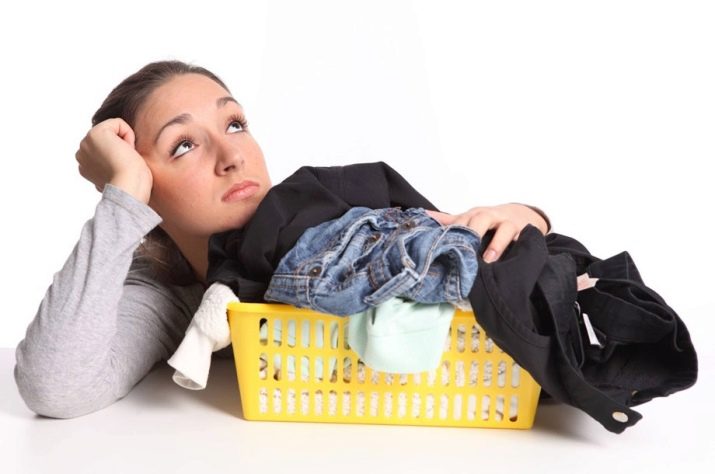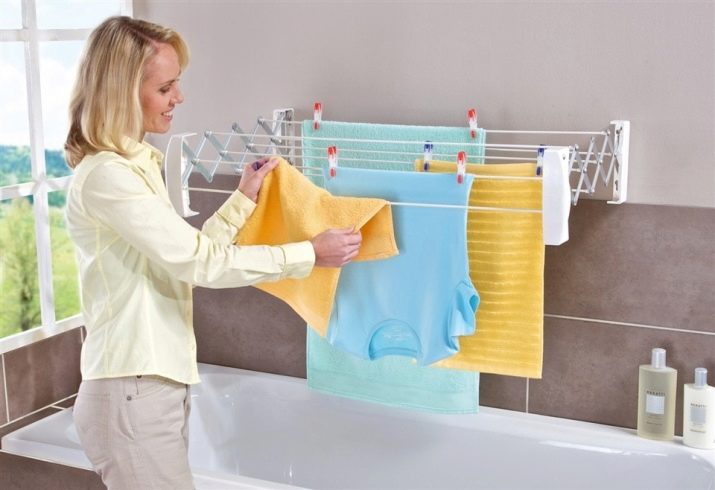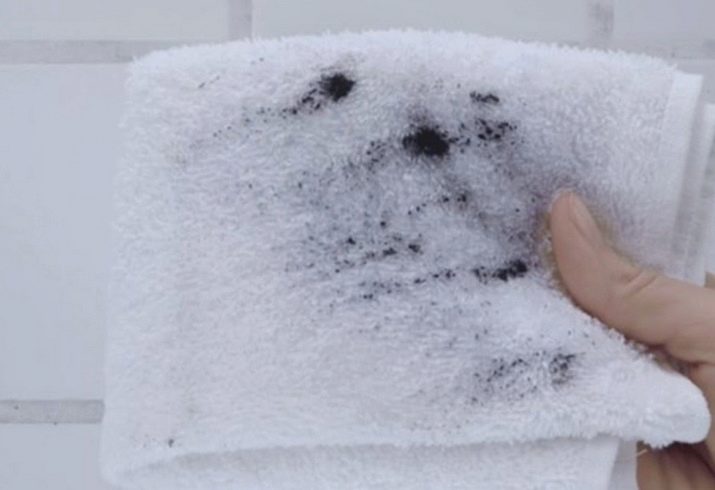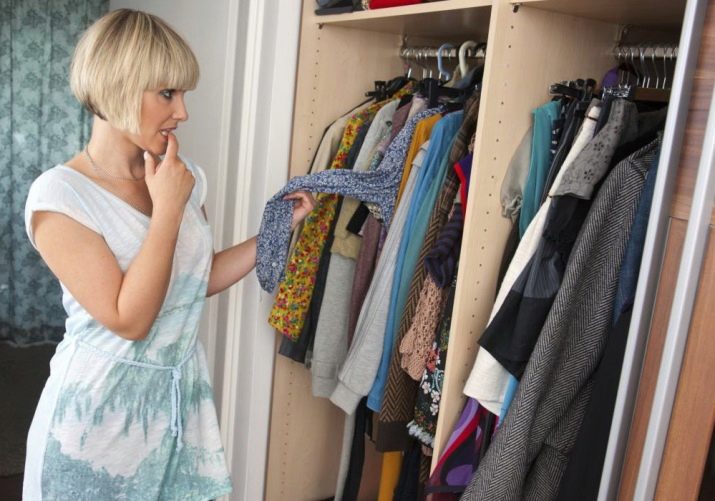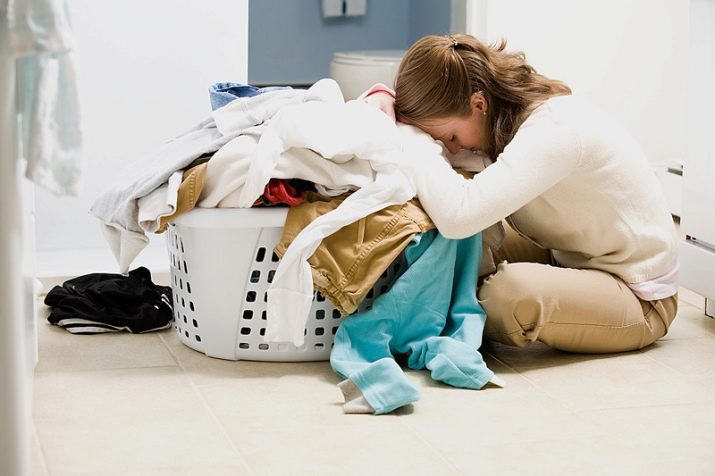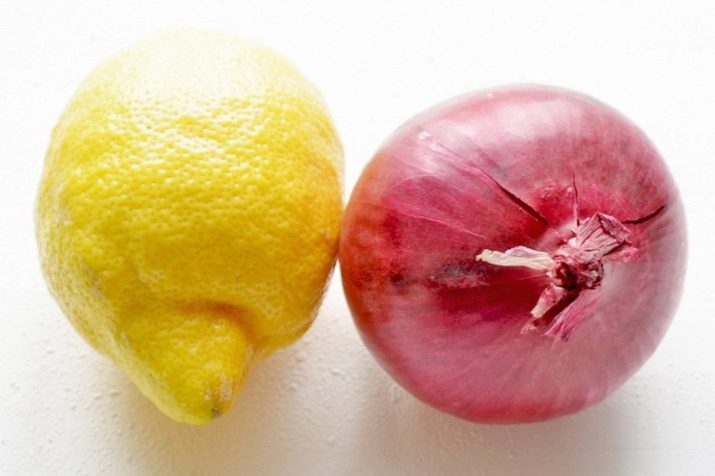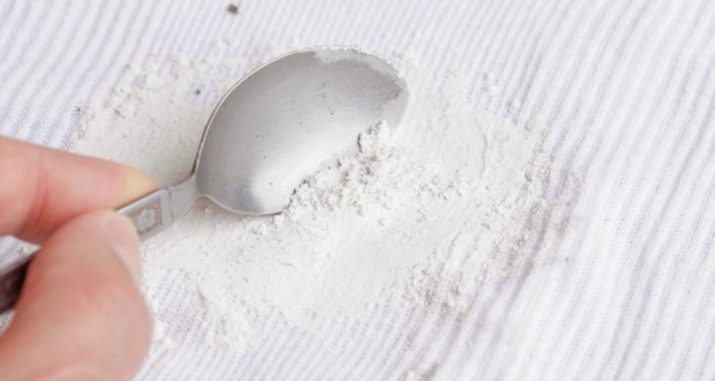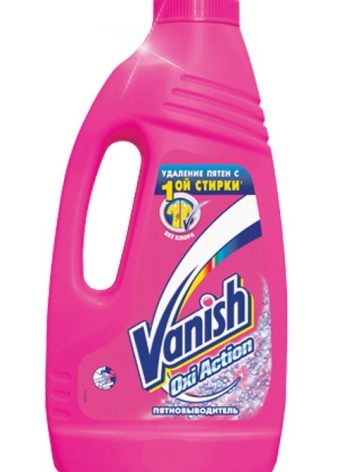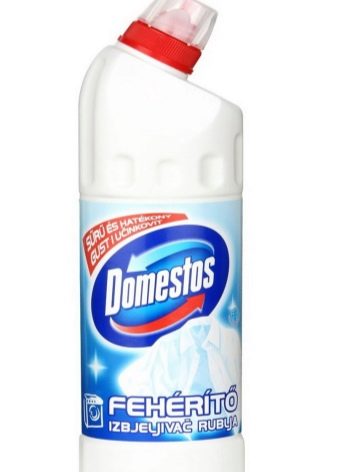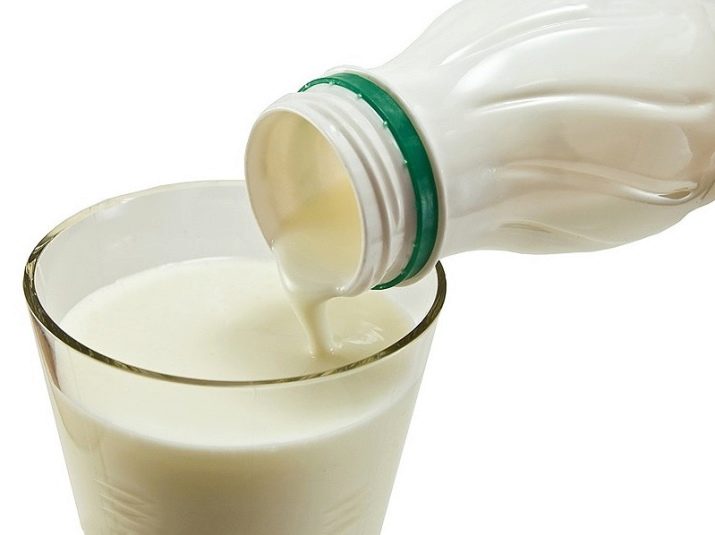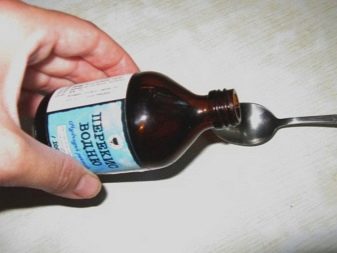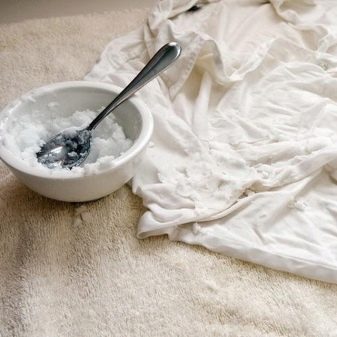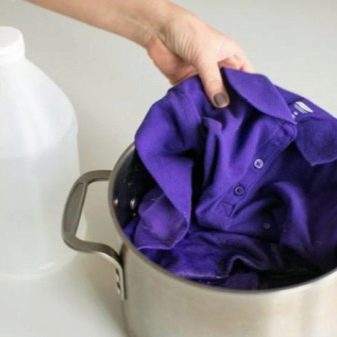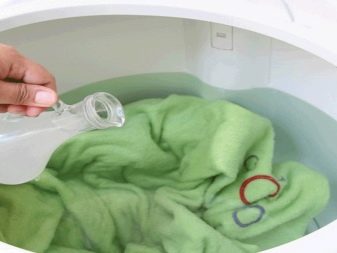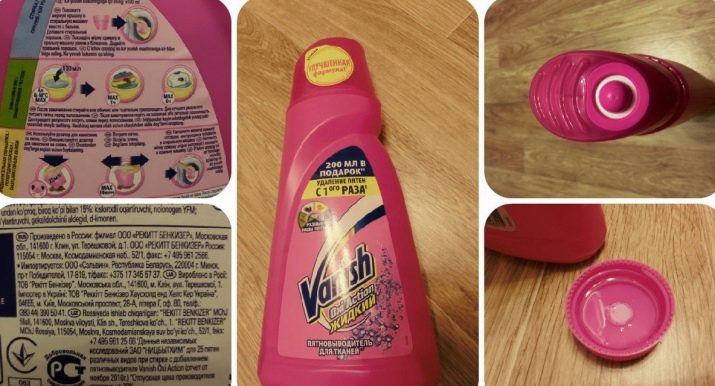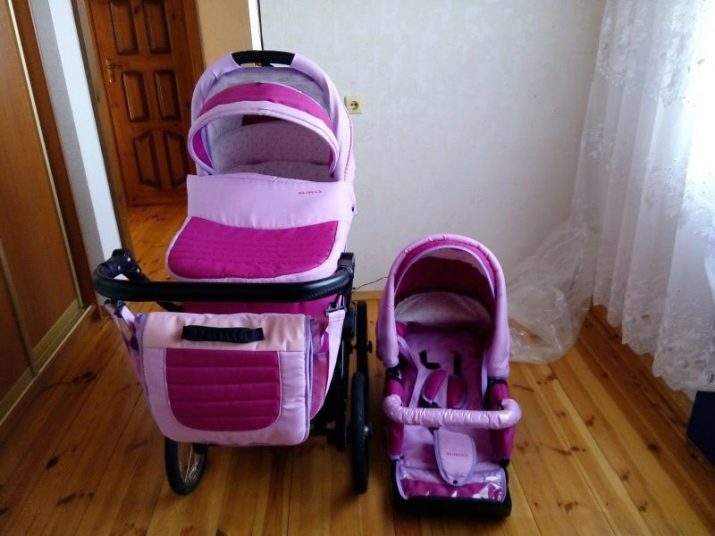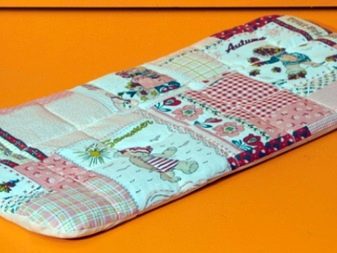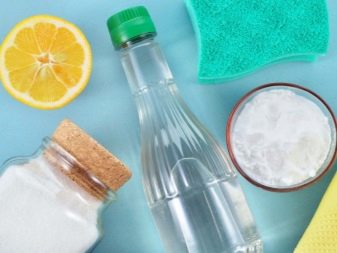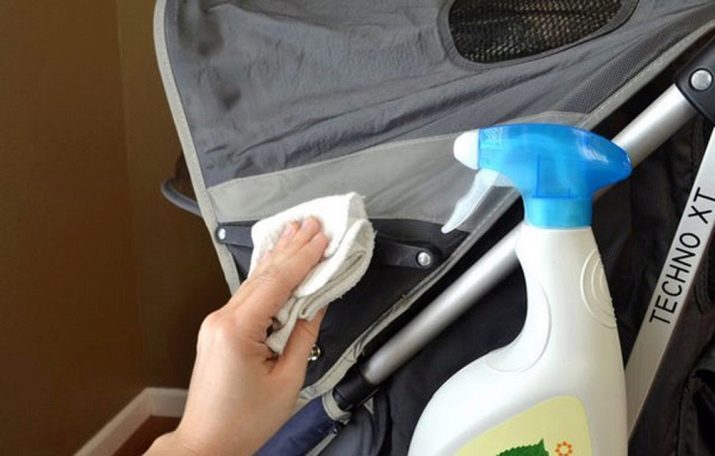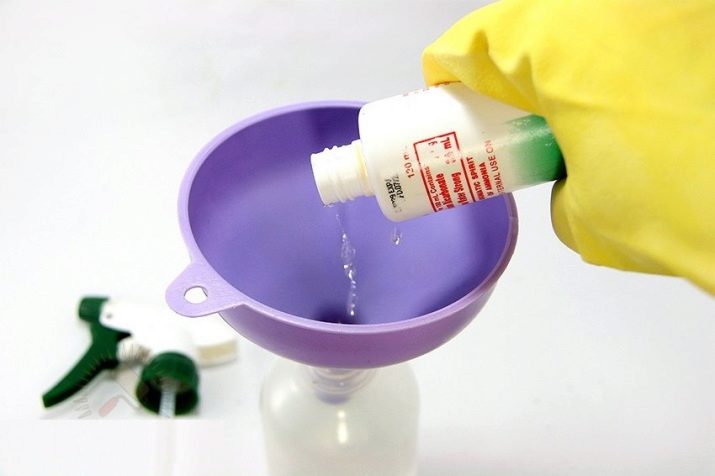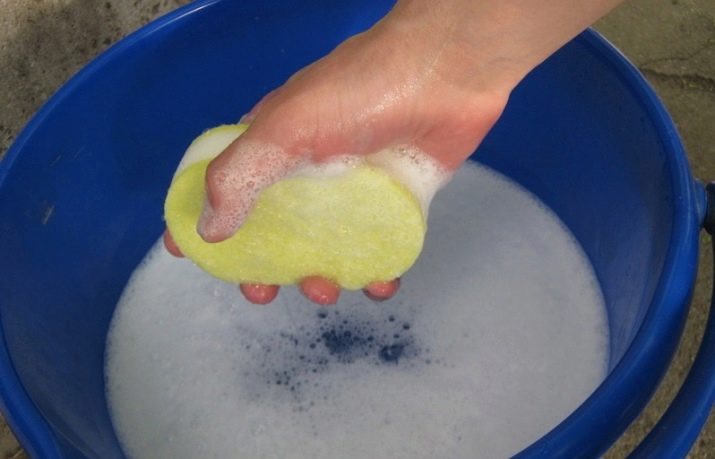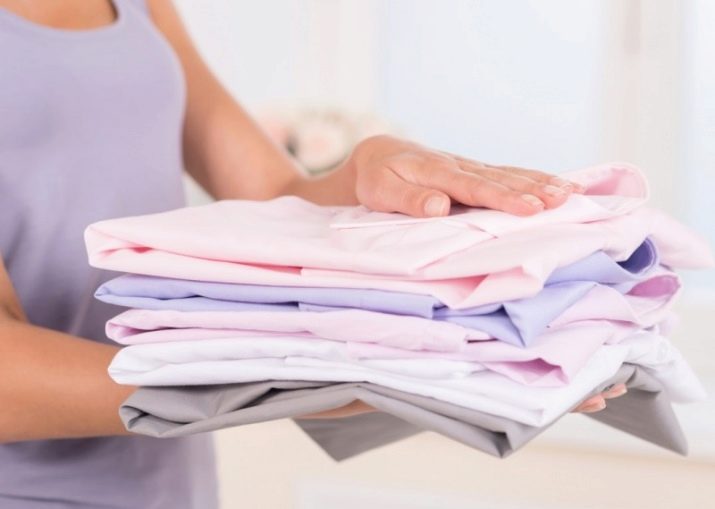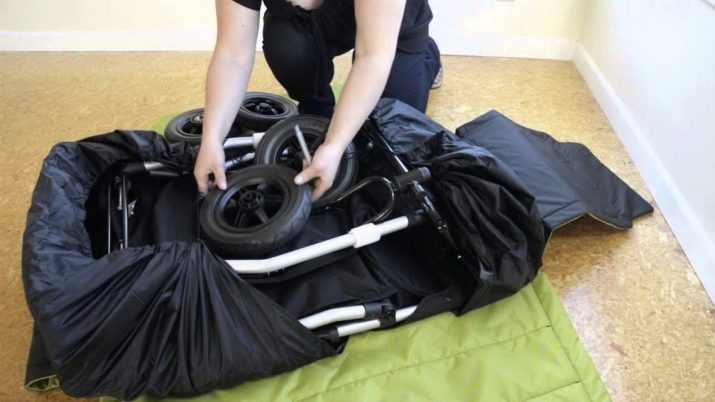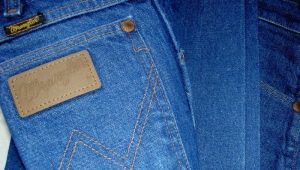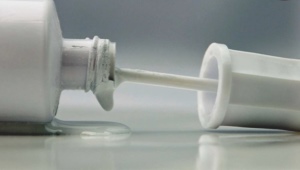How to remove mold from clothes?
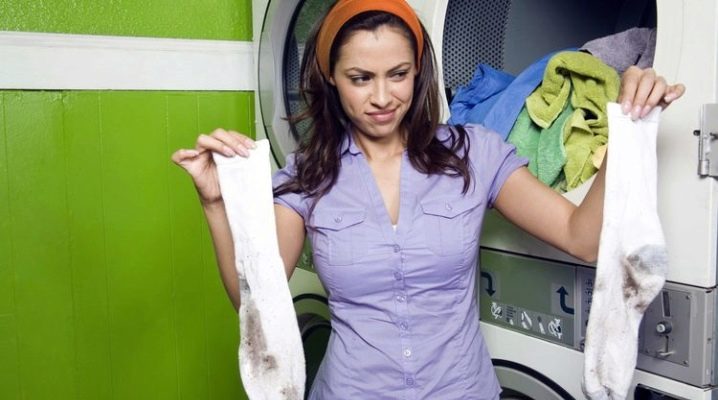
Mold belongs to the category of fungi that are microscopic in size. However, in large quantities they are easily visible to the naked eye. Many people encounter a situation where a black or green fungus attacks their clothes. This article describes how to remove mold from clothes and how to prevent its appearance.
Causes of
There are several situations that affect the appearance of an unpleasant fungus. Mold can occur for the following reasons:
- the laundry was not well dried;
- things were kept in a damp room;
- the fungus spread due to contaminated clothing that lay nearby.
Black or green mold may appear on clothing. The longer the product is in contact with moisture, the deeper the fungus penetrates the fibers of the material. In the end, there comes a time when it becomes very difficult to eliminate blemishes. Sometimes even clothes start to rot. Such things can only be thrown out.
If you store things in a raw state, it will lead to the formation of mold stains. Pay special attention to the drying process so that the fungus does not feel good and does not extend to normal, dry clothes.
To prevent the fungus from spreading, should create unsuitable conditions for it. Rooms with high humidity should be constantly aired and heated, and clothes should be thoroughly dried. Do not forget about the things that are in the cabinets for long-term storage - they must also be ventilated.
How to wash?
There are several effective ways by which you can scrub moldy stains from clothing. Before using each tool, read the terms of use.
Onion and lemon
This tool is popular among housewives, as the attributes necessary for the procedure are in almost every home. Do not give up the method because of the bow, its flavor will eliminate the presence of lemon. To work with mold will require two large onions and two lemons. Onion is placed in a blender. Pre it should be rid of the husk. Juice is squeezed out of a lemon, and the zest itself is passed through a meat grinder.
Both components need to be combined and decomposed gruel on a flat surface. The mass is placed on mold stains, after which it should be covered with cling film. After 30 minutes the mixture can be removed. Wash clothes in a washing machine using detergent and conditioner. Drying products should be done in the open air.
Borax Milk Powder
This method has proven itself in the processing of delicate material. You will need non-fat milk, borax powder, vinegar and lemon juice to remove. Juice can be replaced by citric acid. All ingredients are combined in a 50/50 ratio.
The resulting mixture is applied to the stains, after which it should be covered with cling film and left for 40 minutes. Then the composition needs to be wetted with cotton pads, and the things themselves are washed several times by hand.
Bleaching agents
In many stores there are universal bleach on sale that can be used with materials of any type and color. Vanish Oxi Action and Domestos performed best. Each product is accompanied by instructions, which describe in detail the rules of use.
Kefir
Many are surprised, but kefir is an effective tool in the fight against mold. Some housewives use for these purposes yogurt. Plot with mold should be generously pour kefir and leave for 8-10 hours. Then the item should be rinsed by hand. If the fungus has not completely disappeared, repeat the procedure again.
How to deduce from different materials?
Unfortunately, there is no universal way to remove fungal stains from the surface. Each material requires an individual relationship in order not to violate its integrity. You can remove mold stains from white linen, wool or cotton fabric using the following techniques:
- dilute saturated soap solution. With the help of soap you need to additionally rub the spots. Then the laundry is immersed in the solution for 30 minutes. Contaminated areas should be re-locked and rinsed;
- The second method is to use 1 large spoon of hydrogen peroxide per 0.5 liter of water. Immerse the clothes and rinse thoroughly in the solution. If this method did not bring you the desired result, try to correct the situation with the following solution: 200 ml of water and 1 teaspoon of ammonia;
- Some housewives report that baking soda is good for them. This product helps to remove stains from clothing. Soda should be rubbed into the affected areas and thoroughly kneaded. After this procedure, rinse the item;
- Domestos helps rid white things and even a tablecloth made of natural materials from fungus. Do not forget to dissolve the substance so that it does not spoil the fabric;
- in severe cases, provided that the fabric does not start to rot, you can use boiling. Buy any bleach, add 1 large spoon per 0.5 liters of water. Clothes should be immersed in boiling water. Pull things out when you see the stains disappear. This method takes about 15 minutes.
These methods are suitable for any natural fabric.
You can remove mold from colored items using the following techniques:
- use simple chalk. To do this, sprinkle with powdered powder sprinkled contaminated area and cover with a napkin. Iron the place with a warm iron;
- good results showed a combination of salt water and ammonia. This method is suitable for linen colored material. Dissolve 1 teaspoon of ammonia in 0.5 l of hot water. Dampen the desired area and leave for 30 minutes. Then you can pollute the pollution with soap. In order not to suffer from an unpleasant smell, leave the clothes to dry in the fresh air;
- Ascorbic acid dissolved in alcohol will help remove mold from clothes at home. Treat the desired area with a solution and wait until it dries. Then you can wash the product;
- to get rid of the annoying fungus silk fabric, you can use turpentine. Using this tool, treat the stains by sprinkling talcum powder on top. Cover the powder with a paper napkin and iron it with a warm iron;
- You can remove old mildew stains and unpleasant odors with Vanish. This tool will help remove stains from colored clothing, jackets and other products;
- Synthetic materials should be treated with saline and water in a ratio of 1: 1. Do not forget to test the fabric for a reaction.
Fungus in a pram
Many parents keep children's transport on the balcony or in the hallway. When the stroller becomes needed again, many find mold spots on it. If the fungus struck a small area, you can do without removing the fabric and disassembling the structure. To return the product to its original appearance, soaking and washing elements are required.
There is an opinion that the use of a pram affected by fungus is unacceptable. This conclusion is based on the dangers of inhalation of mold spores. Such an argument is true, since disputes that get to the baby in the lungs can cause him significant damage. Therefore, you will need not only to clean the surface of the parts from the fungus, but also to eliminate the infection itself.
The aesthetic component of the stroller in this case goes into the background, because you need to eliminate the very cause of mold.One washing powder will not solve the problem, you need to find a tool that can fight the fungus.
If he hit a mattress that was in the pram, replace it with a new one. Removing a fungus from a porous material is often an overwhelming task.
Choosing a means to combat mold, pay attention to the special household chemicals or folk methods. Suitable baking soda, ammonia, vinegar and tools that contain chlorine. All these substances are able to destroy the fungus, and chlorine will cope with the spots themselves.
Most manufacturers offer buyers household chemicals that are designed specifically to combat fungus. When choosing the right product, pay attention to the following points:
- the hazard class should be more than 4. If such information is not on the label, refuse to purchase, because using such a tool for children's things is dangerous;
- fire-risk products always contain acetone or alcohol. Such products can be used if you can rinse the fabric well, for example, in a washing machine;
- study the instructions for the product. Some brands produce mold prevention and not elimination;
- It is not allowed to mix ammonia with bleach, which is composed of chlorine. The combination of two substances forms a toxic mixture, which is harmful by inhalation.
To remove mold from a pram, follow these rules:
- Moisten problem areas with table vinegar, bleach or mortar, which consists of 100 grams of ammonia and 1 liter of water. It is best to use a spray bottle for these purposes;
- leave the stroller for several hours;
- Then you need to use a stiff brush to wipe the stains. If the material has dried, repeat the procedure;
- wipe the stroller dry and store only in a room where there is no high humidity;
- If you work with household chemicals, always follow the instructions for use of the product. Remember that work always begins with abundant wetting of the contaminated area with water or solution. This action is necessary to prevent spores from getting into the air at the moment when you will be cleaning with a brush;
- Clean the stroller outdoors or in a room that is well ventilated.
This procedure is suitable for cleaning products that the fungus struck slightly. In such a case, it is not necessary to remove the fabric and disassemble the structure.
Instructions for removing fungi from removable parts:
- mold does not like high temperatures. If you boil the cloth for two hours, it will be a guarantee of getting rid of the fungus;
- If stains appear inside the stroller, disassemble it and boil the material. Be prepared for the fact that poorly dyed fabric will discolor;
- instead of boiling, you can use antifungal agent;
- Some strollers have a completely removable cloth. You will need to study the instructions to properly disassemble the structure;
- after you have removed the fabric parts, treat the affected areas with a selected agent and soak the material for several hours in water with antifungal agent;
- need to wash the cloth with soap or baby powder;
- use vinegar when rinsing (you will need 1 cup of vinegar per 5 liters of water);
- if you decide to wash a thing in a typewriter, do not choose a spin at high speeds. This mode may deform the material;
- dry thoroughly after washing.
How to avoid?
Mold is difficult to remove from clothing. Many people resort to several ways to restore the product to its original appearance. If you do not want to fight mold again, follow a few rules:
- clothes can be folded in the closet only in a completely dried state. Wet things are an ideal environment for the development of microbes, mold and bacteria;
- products need to be ventilated.Many say that the mold struck exactly the clothes that were in the closet throughout the season. In the summer, bring fur and other winter clothes to the street;
- the sun's rays are good mold prevention;
- clean your closets at least once a week. This is especially true for children's cabinets. Not every child ensures that dirty things do not fall on the shelves;
- if you get wet in the rain or sweat after a run, wait for the clothes to dry out. Do not put wet clothes in the laundry basket. This will cause unpleasant odor and mildew;
- keep an eye on the level of humidity in the room. Always leave space on the shelves for air circulation. Clogged to the top of the cabinet also provokes the appearance of fungus.
To prevent the formation of fungus in the children's "transport", follow these rules:
- Do not store wet, dirty strollers. Moisture, along with residues of food and dirt - ideal for the spread of bacteria;
- Do not store the stroller for a long time in a room where there is an increased level of humidity. Even winter will not stop the development of mold, because it is not afraid of cold weather;
- If it is not possible to find another room, treat the surface with soda solution and wipe it with vinegar on top. The stroller must then dry thoroughly.
Compliance with these recommendations will help you to avoid familiarity with the mold on your things. Responsible attitude to the products will help to maintain their attractive appearance for a long time.
About that toHow to remove fungus and mold from clothes, see the next video.
